Dawei Mountain National Forest Park
2022-06-06

Dawei Mountain, a mountain with a sea of flowers. March is the great time for people to view flowers in Dawei Mountain as the spring comes with green grass spreading and all flowers in full bloom. Countless tourists are drawn by hundreds of miles of peach forests, thousands of cherry blossoms trees, and vast area of rhododendrons and cole flowers.
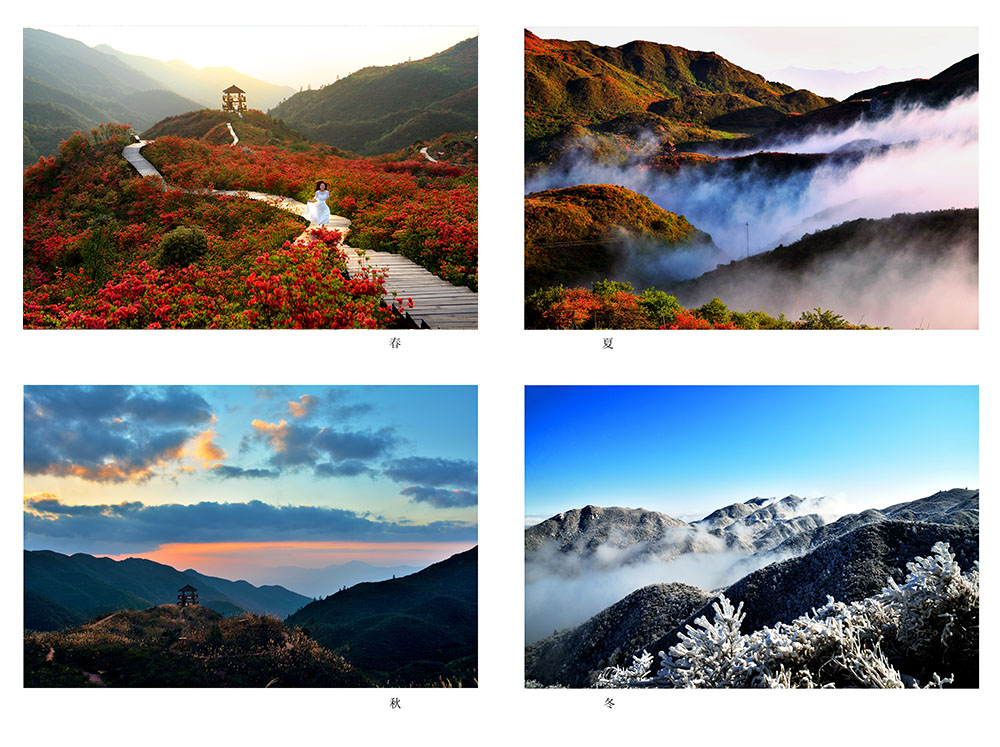
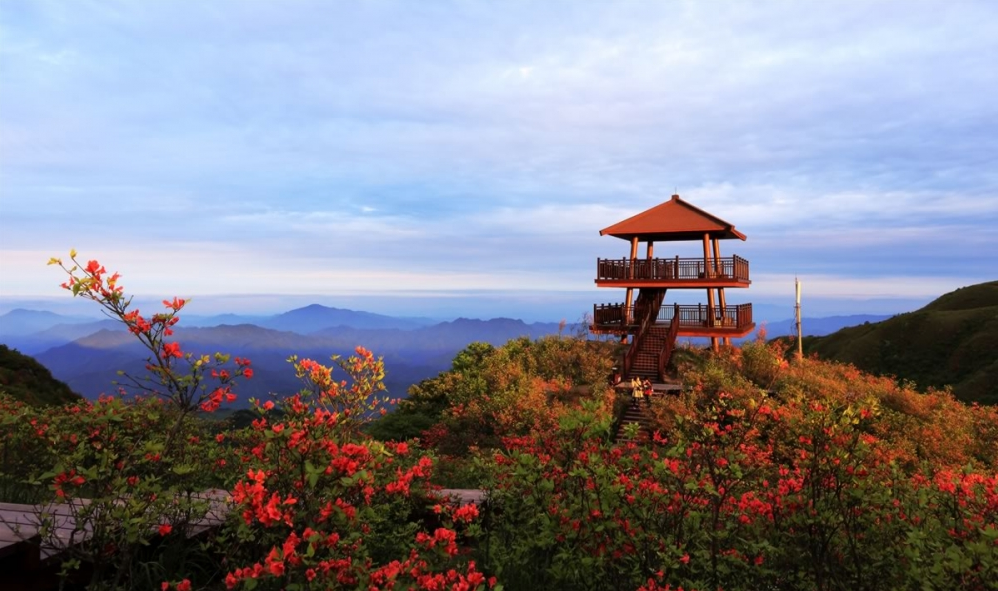


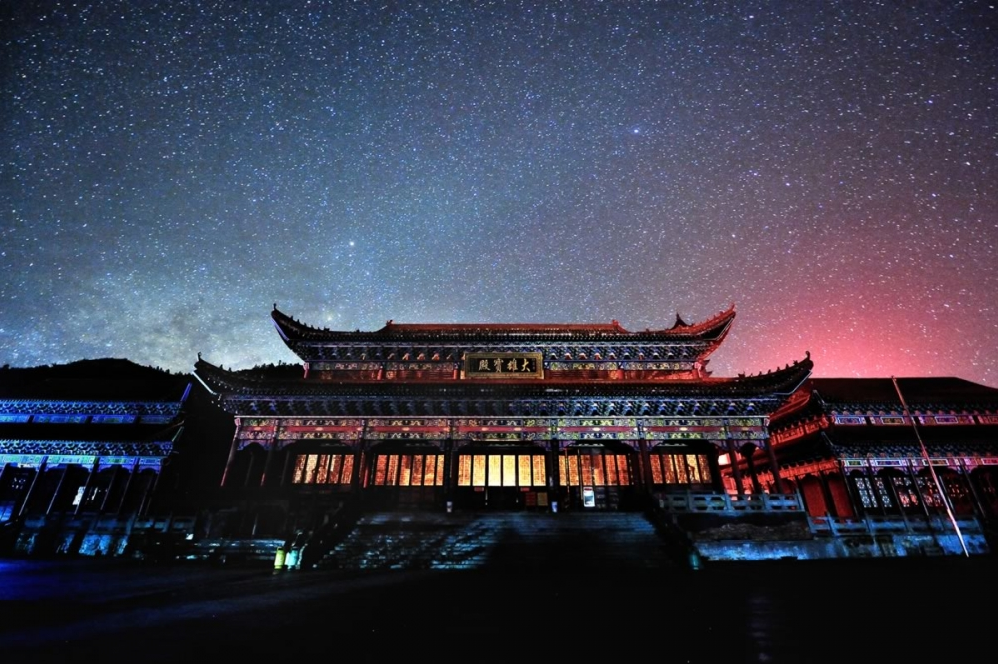
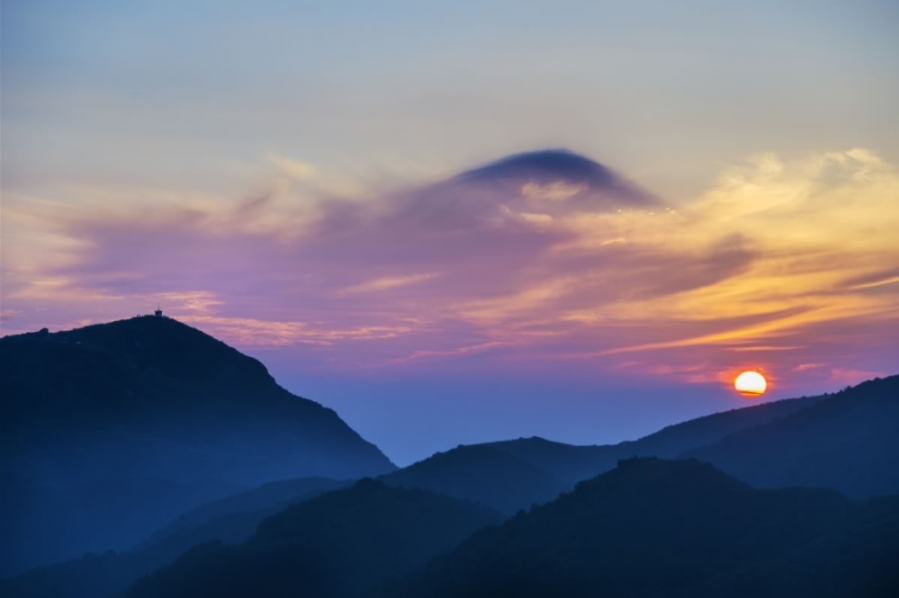
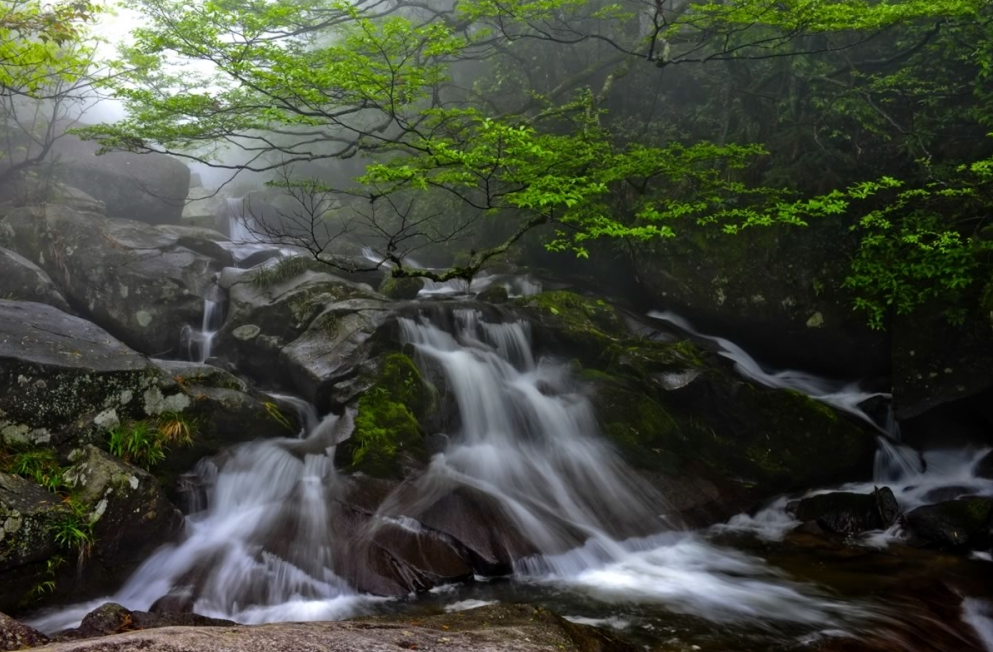

Dawei Mountain, a mountain with a spring-like weather all year round. Due to its high altitude and lush forests, the vegetation coverage rate reaches 99.5%, which constitutes a forest microclimate of “no extreme hot weather in summer and no severe cold in winter” like a “natural air conditioner” gifted by nature. The annual average temperature is 11.4℃, and the average temperature in summer is 20℃.

Dawei Mountain, a mountain full of rare treasures. There are endangered species of white-necked long-tailed pheasant and red-billed lovebirds unique to China. And it is also home to 26 national key protected animals such as clouded leopards, giant salamanders, and white pheasants, and 61 national key protected wild plants such as southern yew and tulip tree. In autumn, it also provides organic fruits, wild honey, yellow beef, black goat, Baisha tofu, rana spinosa, pheasant and so on. Tourists can also bring back cordierite quartz biotite hornstone (which was named “Zi Mo Xiang Yu” by Hunan International Mineral Gemstone Professional Committee), bamboo charcoal, root carving, bamboo carving and others as gifts.
Dawei Mountain, a mountain for sightseeing and fitness. The park boasts 121 tourist spots such as Chestnut Bridge, Boat Bottom Nest, White-faced Stone, Five-finger Stone, Maweicao Waterfall, Chenzhenren Temple, Guzhuzhuang Temple, Honglian Temple, etc. People marvel at its spectacular scenery like the Longquan Stream in spring, raging waterfalls in summer, golden leaves in autumn and the Yuquan Lake in winter, but only when they visit there can they really experience the wonder.

Dawei Mountain, a mountain of beauty and longevity. The Longquan Stream in the park has large runoff and a variety of minerals and trace elements. Negative oxygen ions in the air in Xijian Xifei Valley reach 85,900 per cubic centimeter. This “air vitamin”, which is nearly a thousand times higher than that of ordinary urban areas, makes Dawei Mountain known as the “natural oxygen bar”. People in the village usually live to the ripe old age of 80 or 90.
Dawei Mountain, a mountain for the Buddha and the immortal. The Honglian Temple by the Yuquan Lake is enshrined in the largest jade Buddha in Hunan and the sarira remains from cremation of Buddha’s of saints’ body presented by the monks from Sri Lankan. In 1928, “Burning Red Lotus Temple”, the first martial arts film in China, was based on this ancient temple which is located at the border of Hunan and Jiangxi. So far, it has been remade into five movies, one TV drama and one Beijing Opera.
Dawei Mountain National Forest Park is mainly divided into six scenic spots of the Chestnut Bridge, Qixing Peak, White-faced Stone, Boat Bottom Nest, Maweicao Waterfall and Yuquan Temple (or Honglian Temple). Those mighty mountains and dense forests are dotted with grotesque rocks and more than 100 cascading waterfalls.
Chestnut Bridge Scenic Spot

Chestnut Bridge Scenic Spot is known for the constant and clear water. It lies at an altitude of 680-960 meters, 1.7 kilometers from the Forest Hotel. Along Longquan Stream as a center line, it is flanked by craggy rocks, flowing springs and beautiful waterfalls.
Boat Bottom Nest Scenic Spot

The Boat Bottom Nest Scenic Spot is located in the central area of the park at an altitude of 960-1500 meters. Along the way sit gurgling water and bushy trees. The whole scenic area surrounded by green plants is the core area of the nature reserve. To avoid revisiting in this 2.1-meter-long scenic spot, tourists can make a circuit by walking up on the left and then crossing the stream and going down on the right. A fork lies at the end of the spot. The left-hand track leads to the Yuquan Temple Scenic Spot while the right one to the Five-finger Stone Scenic Spot. The entire route is relatively long, with many scenic spots scattered. It is more suitable for hiking and mountaineering.
Honglian Temple Scenic Spot
It used to be the religious and cultural dissemination center of central and southern China. The park is home to six large temple sites including Honglian Temple, Guzhuzhuang Temple, Chenzhenren Temple, Zhongdaxianren Temple, Baimian General Temple, and Qixing Ancient Temple. In particular, the two large Buddhist temples, Guzhuzhuang Temple and Honglian Temple, created by the descendants of Arya Nagarjuna, enjoys important historical significance.

Honglian Temple, also known as Yuquan Temple, was built in the Tang Dynasty, expanded in the Song Dynasty, and deserted during the Ming and Qing Dynasties. This magnificent temple once had more than 100 monks with an area of 1 hectare. Hundreds of people visited there to burn incense and worship Buddha every day. It turned out to be the largest Buddhist holy land and cultural dissemination center in central and southern China.
Qixing Peak Scenic Spot

Qixing Peak, the highest peak of Dawei Mountain, is 1,608 metres above the sea level. The north and south sides of Qixing Peak are the source of Liuyang River. At an altitude of about 1,200 meters, it gradually forms a banded mossy-shrubby grassland that is wide in the west and narrow in the east and about 17 kilometers in length. 13 swamps and lakes such as Yuquan Lake and Tianxing Lake are scattered throughout the area.
Maweicao Scenic Spot

The Maweicao Waterfall is located above a bamboo forest and 1.6 kilometers long. Despite a fall of 30-40 meters and a width of 10 meters, the water flow is not large. The waterfall is named “Maweicao” (a horsetail in Chinese) because it just looks like the tail of a horse.
White-faced Stone Scenic Spot

The main attractions of the White-faced Stone Scenic Spot include the alpine rhododendron, the Five-finger Peak, the White-faced Stone, and the Baimian General Temple. It is a scenic spot that combines natural and cultural landscapes. There are alpine azaleas of different colors, which are blooming all over the mountains in spring. In December, the top of the mountain will be coated with white snow and trees will be covered with crystal rime, showing magnificent northern scenery.


